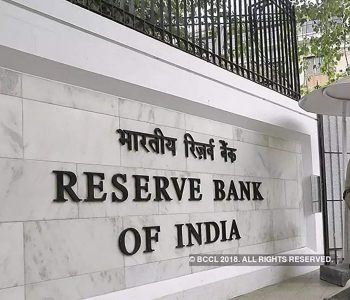Banks in dilemma over capital fund pressure despite liquidity surplus

KATHMANDU: Despite sufficient liquidity (investable funds), banks and financial institutions are currently facing a dilemma due to pressure on their capital funds, which has hindered their ability to expand lending. While the central bank, Nepal Rastra Bank (NRB), has provided facilities for issuing preference shares to address capital fund shortages, banks remain indecisive, fearing that such measures might lead to complications after audits.
The primary issue they face is this: if they do not issue preference shares, they cannot expand lending; but if they do, post-audit adjustments could disrupt their capital structure. This has left many banks, especially those under pressure from capital fund constraints, uncertain about whether to issue preference shares or not.
Currently, the credit-to-deposit ratio (CD ratio) of banks and financial institutions indicates that there is over NPR 6 billion in excess liquidity in the system. As of the end of Magh, the average CD ratio stood at 79.63% , reflecting that banks have ample investable funds. However, despite this liquidity surplus, banks are unable to expand lending due to pressure on their capital funds.
Capital Fund Constraints Amid Rising Non-Performing Loans
Financial activities have slowed down, and rising non-performing loans (NPLs) have further exacerbated the capital fund pressures on banks. With recoveries stagnating and bad loans increasing, most banks are struggling to maintain adequate capital reserves. Once recoveries improve and bad loans decrease, banks’ capital positions are expected to stabilize.
“A significant number of banks are currently under pressure due to capital fund constraints. Because of this, they are unable to expand lending,” said the CEO of a commercial bank. “The rise in bad loans has put additional strain on capital funds. While issuing preference shares could help raise capital for expanding lending, we are still undecided about whether to utilize this option.”
Even banks with CD ratios hovering around 70% are unable to expand lending due to capital fund pressures.
“Should we increase capital now when loan demand isn’t rising? Or should we hold off since we don’t have the funds to expand lending?” another CEO told Bijuli Mandu . “If bad loans improve tomorrow, capital will flow back. Currently, due to poor recoveries and rising bad loans, we’ve had to dip into our capital reserves. If recoveries improve, that capital will rebound and return to profitability. However, if the economic situation doesn’t improve and recoveries remain affected, expanding lending won’t be feasible. That’s why we’re currently in a state of confusion.”
Current Capital Adequacy Ratios
As of the end of Poush in the current fiscal year, the primary capital adequacy ratio for commercial banks stood at 9.53% , while for development banks, it was 9.90% . According to the Capital Adequacy Framework 2015 , commercial banks and national-level development banks are required to maintain a capital adequacy ratio of at least 8.5% . At present, nearly a dozen commercial and development banks are experiencing pressure on their capital funds.
Preference Shares as a Solution
To address capital fund pressures, Nepal Rastra Bank has allowed banks to issue preference shares under monetary policy provisions. However, banks remain hesitant due to the lack of immediate loan demand. Sudesh Khaling, CEO of Everest Bank, explained that even though liquidity is sufficient, capital fund pressures have prevented banks from expanding investments.
“The central bank has provided facilities for issuing preference shares to banks facing capital fund pressures. However, due to the lack of loan demand, banks are not rushing to take this route,” Khaling said. “At this point, banks have no choice but to focus on recovery efforts rather than relying solely on monetary tools.”
Recently, Kamana Sewa Bikas Bank received approval from Nepal Rastra Bank to proceed with issuing preference shares.
Key Points:
Banks face capital fund pressures despite having ample liquidity.
Rising non-performing loans (NPLs) have worsened capital adequacy ratios.
Issuing preference shares is an option, but banks are hesitant due to audit concerns.
Current average CD ratio: 79.63% , indicating surplus liquidity.
Primary capital adequacy ratios: 9.53% for commercial banks, 9.90% for development banks.
Minimum required capital adequacy ratio: 8.5% under the 2015 framework.














Facebook Comment